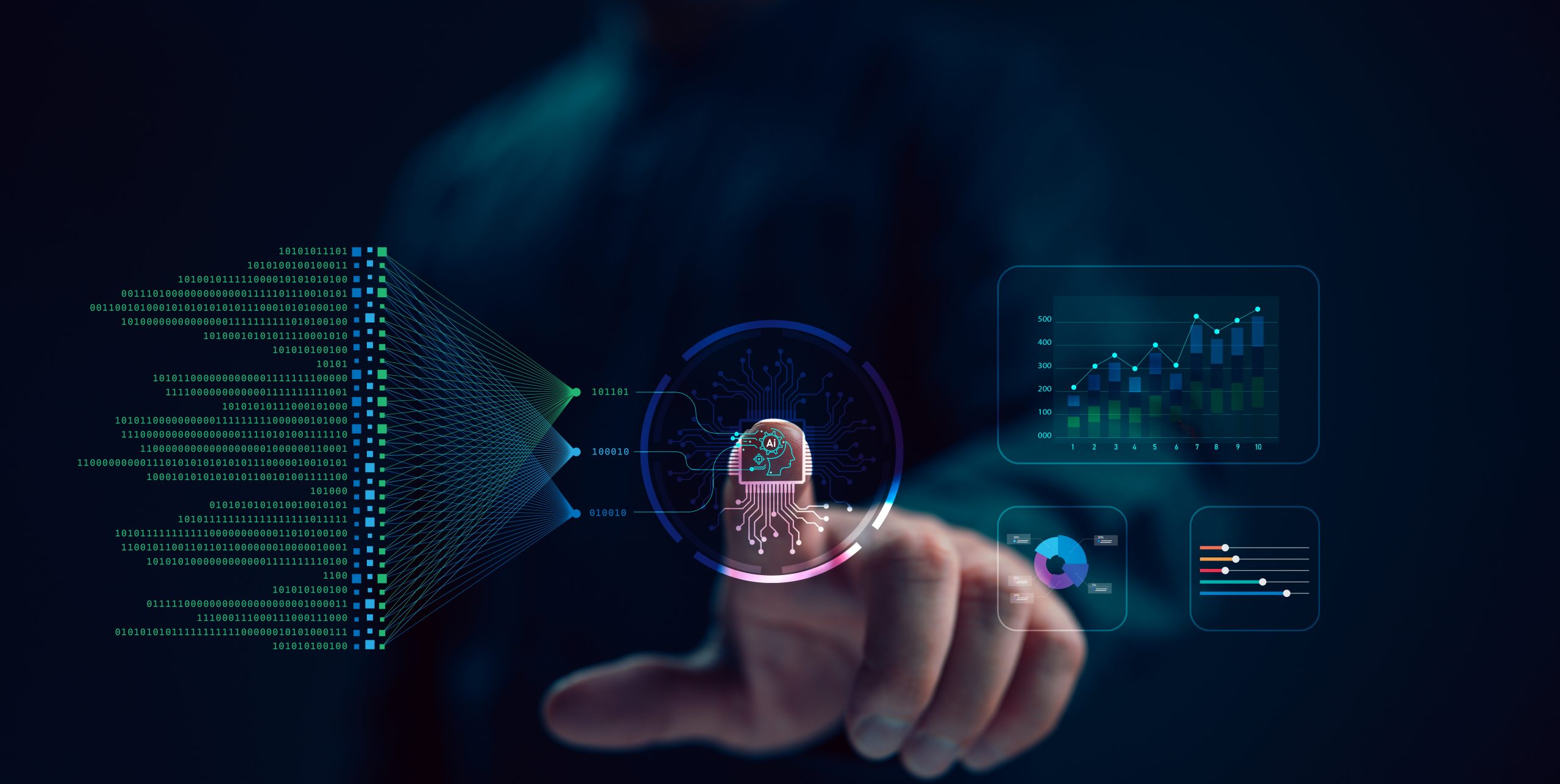Leveraging the Power of Artificial Intelligence – Why You Should Be in The Know

In this rapidly evolving digital age, nobody can afford to bury their head in the sand when it comes to Artificial Intelligence (AI). It’s all over the news and possibly in your home and office. From our smartphones, internet browsers, home appliances, to even our cars, AI is increasingly becoming an intrinsic part of our daily lives. If you don’t fully understand what AI is, or you are interested in learning more, then read on..
Artificial Intelligence, at its core, refers to computer systems built to mimic human intelligence and perform tasks such as recognising images, understanding speech, making decisions, and translating languages. It’s the driving force behind technological innovations like self-driving cars, virtual assistants like Siri, and recommendation engines used by Netflix or Amazon. You will soon find it embedded in your regular programs such as Microsoft Excel and Word. It is already in your internet browser.
Top three reasons to understand AI
1. Stay Relevant
As AI continues to infiltrate every industry, understanding it will keep you relevant in the job market. Many jobs today require some level of AI comprehension, and this trend will only grow in the future. Your employer may already be using AI to sift through job applications, or write tenders and reports.
2. Make Informed Decisions
With AI impacting our lives in myriad ways, understanding it can help us make informed decisions. For instance, knowing how social media algorithms work can change how you interact with these platforms. Knowing that AI can help you write the bulk of a report can help you spend more time editing and refining rather than writing.
3. Enhance your Problem-Solving Skills
Learning about AI also means learning about problem-solving, logic, and critical thinking. These skills are universally beneficial, whether you’re dealing with a complex work project or everyday challenges. Use AI to quickly write programming code, ask questions on how to solve a complex mathematical equation, and it will rise to the challenge.
How do you solve a problem like Artificial Intelligence?
You might have heard all of the wonderful things about using Artificial Intelligence (AI), however, there are still some things to be cautious about when you use these tools in the workplace, or at home. You should at least be aware that that AI has a few limitations and pitfalls.
- Privacy Concerns:AI systems often rely on vast amounts of data, raising concerns about data privacy and security. By understanding AI, you can better navigate these concerns and protect your personal information.
- Job Displacement: As AI automates routine tasks, there’s fear of job displacement. However, understanding AI can help you adapt and upskill, ensuring you stay competitive in the workforce. Understanding the need for good prompt engineering (asking the AI the right questions in the right way) will help keep you ahead of the pack.
- Bias in AI:AI systems can reflect and amplify societal biases, leading to unfair outcomes. Understanding how AI works can help us identify and counteract these biases. This bias can happen because the data fed into an AI model contains a bias. The algorithm that generates automatic output could also work from flawed logic. Some systems also have a lack of transparency – how did the AI come to its conclusion?
- Plagiarism: AI models can easily reproduce and distribute copyrighted content, leading to potential plagiarism issues. For example, AI can generate articles, music, or artwork that closely mimic original works, causing legal and ethical dilemmas.
- Ownership and infringement: It’s unclear who owns the intellectual property rights when AI creates something new. For instance, if an AI tool creates a piece of art or music, does the copyright belong to the AI, the programmer, or the user who generated the AI work? Current copyright laws are not equipped to handle these issues. AI systems may inadvertently infringe upon existing copyrights by creating similar or derivative works, leading to potential legal battles.
- Deepfakes and digital hallucinations: AI can create hyper-realistic fake videos or ‘deepfakes,’ where people appear to say or do things they never did. This can be used to spread misinformation, damage reputations, and even threaten national security. This has already happened with fake video of President Joe Biden, and false images of Taylor Swift circulating on pornography sites. Slight alterations to an image (hard for humans to detect) could trick AI into misidentification. Already there have been cases of wrongful arrest based on AI facial recognition software.
- Reality Distortion: As AI gets better at generating realistic images, text, and speech, it becomes harder to distinguish between what’s real and what’s AI-generated. This can lead to a distorted sense of reality and trust issues. The AI can then be misled into believing it is right based on the information that it has been fed. Social media users will already recognise this through filters on popular social media sites to change facial structures in selfies.
Let Odyssey Training Help You Stay Ahead Of The Curve
Our brand new half-day course, AI in the Workplace, will give you hands-on practice with ChatGPT, Microsoft Copilot and Google Gemini in the browser. It is suitable for anyone interested in learning how to use AI to benefit their work experience and understand why organisations have implemented certain AI tools or policies.
![]()
Enhance your computer training skills with courses at Odyssey Training. Odyssey Training is dedicated to equipping the nation’s workforce with the skills to enhance their competitiveness in the workplace. Discover our range of AI training courses.
Related Courses
AI in the Workplace



























